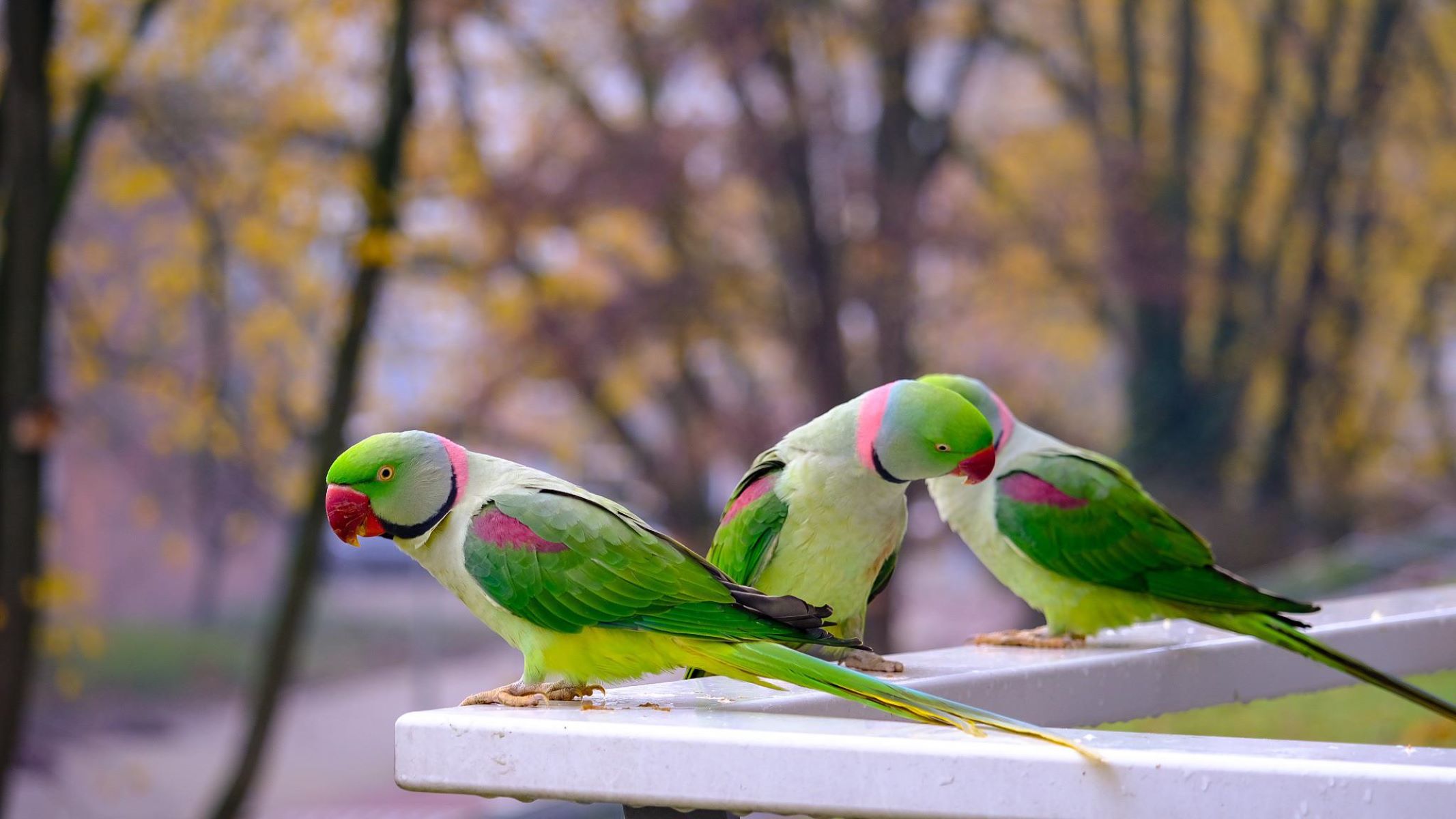Why Are Wild Parakeets Thriving In Amsterdam?

Have you ever wondered why wild parakeets are thriving in Amsterdam? These colorful birds, native to tropical regions, have found a surprising home in the Dutch capital. Over the years, their numbers have grown, making them a common sight in parks and gardens. But how did they get here, and why are they doing so well? Some say escaped pets started the population, while others believe climate change plays a role. Amsterdam's mild winters and abundant food sources create a perfect environment for these birds. Join us as we explore the reasons behind the success of wild parakeets in this bustling city.
Amsterdam's Unique Climate
Amsterdam's climate plays a significant role in the thriving parakeet population. The city's weather conditions create a suitable environment for these colorful birds.
Mild Winters: Amsterdam experiences relatively mild winters compared to other parts of Europe. This allows parakeets to survive the colder months without migrating.
Abundant Green Spaces: The city boasts numerous parks and green areas, providing ample food sources and nesting sites for parakeets.
Urban Heat Island Effect: The urban heat island effect keeps the city warmer than surrounding rural areas, offering a more hospitable environment for parakeets.
Availability of Food Sources
Food availability is another key factor contributing to the success of wild parakeets in Amsterdam. The city offers a variety of food sources that sustain these birds year-round.
Fruit Trees: Many parks and gardens in Amsterdam have fruit trees, providing a steady supply of food for parakeets.
Bird Feeders: Residents often set up bird feeders in their gardens, which attract parakeets and other bird species.
Public Parks: Public parks are home to a variety of plants and insects, offering diverse food options for parakeets.
Human Influence
Human activities have also played a part in the thriving parakeet population. The interaction between humans and these birds has created a mutually beneficial relationship.
Pet Trade: Some parakeets in Amsterdam are believed to have escaped from the pet trade, leading to the establishment of wild populations.
Feeding by Residents: Many locals enjoy feeding parakeets, which helps sustain their population.
Protection from Predators: Urban areas provide some protection from natural predators, allowing parakeet numbers to grow.
Adaptability of Parakeets
Parakeets are highly adaptable birds, which has helped them thrive in Amsterdam's urban environment. Their ability to adjust to new conditions has been crucial to their success.
Nesting in Buildings: Parakeets often nest in buildings, taking advantage of crevices and other sheltered spots.
Diet Flexibility: These birds can eat a wide range of foods, from seeds and fruits to insects and human-provided snacks.
Social Behavior: Parakeets are social creatures, often seen in flocks. This social structure helps them find food and protect each other from threats.
Conservation Efforts
Conservation efforts in Amsterdam have indirectly benefited the parakeet population. Measures taken to protect local wildlife have also supported these vibrant birds.
Habitat Preservation: Efforts to preserve green spaces and natural habitats in the city have provided parakeets with safe places to live and breed.
Public Awareness: Increased public awareness about wildlife conservation has led to more people supporting and protecting parakeets.
Legal Protections: Legal protections for birds and other wildlife in Amsterdam have helped ensure the survival of parakeet populations.
Thriving Parakeets in Amsterdam
Wild parakeets in Amsterdam have found a perfect home. The city's mild climate, abundant food sources, and lack of natural predators create ideal conditions for these colorful birds. Residents and tourists alike enjoy their presence, adding a splash of color to urban life. Local parks and gardens provide ample nesting sites, while bird feeders and fruit trees offer plenty of food. The parakeets have adapted well to city living, showing how wildlife can thrive in urban environments. Their success story highlights the importance of creating green spaces in cities. By supporting urban biodiversity, we can enjoy the benefits of living alongside nature. Amsterdam's wild parakeets remind us that with the right conditions, wildlife can flourish even in the heart of a bustling city.

